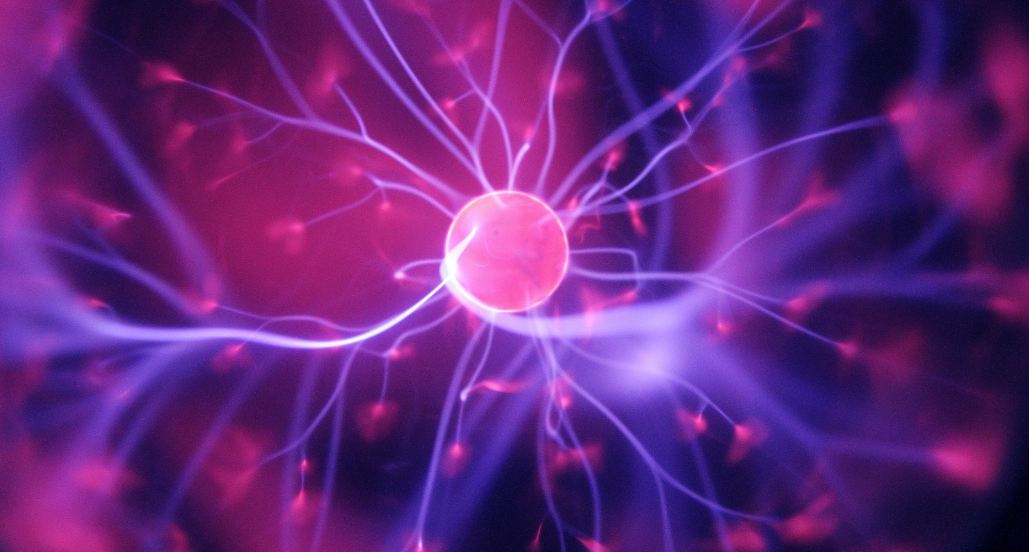We look upon MCQs as luxuries of scoring good and quick marks in the exams, but don’t you feel that MCQs are also responsible for generating confusion?
Here are the top-picked important MCQs with Answers, which will undoubtedly add wings to your preparation and boost your knowledge and confidence.
Let’s check MCQs on Cell Structure and Function for NEET with Answers.
1) Ribosomes are sites for:
- Protein synthesis
- Fat synthesis
- Respiration
- Photosynthesis
The correct answer is Option 1: Protein synthesis.
Vital Point to focus
- The composition of the structure of ribosomes mainly includes ribonucleic acid (RNA) and proteins.
2) The outermost covering of a plant cell is constituted by:
- Cellulose
- Chitin
- Glycocalyx
- Lignin
The correct answer is Option 1: Cellulose
Vital Point to focus
- Cell Membrane is a semi-permeable membrane that’s entirely composed of lipids and proteins.
3) The plant’s cell wall is composed of:
- Cellulose
- Lipids
- Lipoprotein
- Carbohydrates
The correct answer is Option 1: Cellulose.
Vital Point to focus
- These fibres aggregate into bundles of around40, which are known as microfibrils.
4) Which of these cell organelles stores energy as ATP molecules and is also responsible for cellular respiration?
- Ribosomes
- Centrosomes
- Mitochondria
- Lysosomes
The correct answer is Option 3: Mitochondria
Vital Point to focus
- Mitochondria stores energy in the form of ATP molecules, and it’s entirely responsible for cellular respiration. These organelles are called the powerhouses for cells.
5) Plasmolysis in a plant cell takes place due to:
- Exosmosis
- Absorption
- Pinocytosis
- Endosmosis
The correct answer is Option 1: Exosmosis
Vital Point to focus
- Plasmolysis can be described as the cytoplasm’s shrinkage in a hypertonic medium.
6) The number of DNA molecules present in each chromosome is
- one
- more than hundred
- Infinite
- up to 10
The correct answer is Option 1: one
Vital Point to focus
- One chromosome contains only one DNA molecule (deoxyribonucleic acid) and several genes.
7) Which of these is a unicellular organism?
- Amoeba
- Elephant
- Monkey
- Earthworm
The correct answer is Option 1: Amoeba
Vital Point to focus
- Organisms consisting of just one cell are known as unicellular organisms.
8) The cell organelle is called the “powerhouse” of the cell:
- Endoplasmic reticulum
- Mitochondria
- Ribosome
- Lysosome
The correct answer is Option 2: Mitochondria
Vital Point to focus
- Mitochondria are rod-shaped organelles that are considered the powerhouses of the cell.
9) Plasma membrane is
- lipoprotein membrane
- selectively permeable
- flexible
- all of these
The correct answer is Option 4: all of these
Vital Point to focus
- Plasma Membrane is found in all cells that separate the cell’s interior from the outside environment.
10) DNA is a polymer of:
- Unsaturated fat and amino acids
- Monosaccharides
- Amino acids
- Nucleotides
The correct answer is Option 4: Nucleotides
Vital Point to focus
- DNA was first identified and recognised in 1869 by the Swiss biologist Johannes Friedrich Miescher during his research on white blood cells.
11) Which of these is an enucleated cell?
- Fat cell
- Bone cell
- Heart muscle cells
- Ovum
The correct answer is Option 1: Fat cell
Vital Point to focus
- A cell that contains no nucleus is known as an enucleated cell. Hence the main genetic material, such as DNA, is absent in the cell.
12) ‘Palade particles’ is another name for _____________ organelles ?
- Centrosome
- Ribosomes
- Endoplasmic Reticulum
- Lysosomes
The correct answer is Option 2: Ribosomes
Vital Point to focus
- Ribosomes are non-membrane bound granular structured organelles that were discovered in 1953 by George Palade.
13) A cell is enclosed by a very thin outer layer known as:
- Cell membrane
- Cell guard
- Nucleus
- Celluloid
The correct answer is Option 1: Cell membrane
Vital Point to focus
- A cell is enclosed and protected by a very thin outer layer known as the Cell membrane.
- It’s also called the plasma membrane, which makes the outer covering of the animal cell.
14) A nucleus is present in:
- Blue-green algae
- Amoeba
- Bacteria
- Mycoplasma
The correct answer is Option 2: Amoeba
Vital Point to focus
- Prokaryotes are single-celled organisms and belong to the group of Archaea and Bacteria.
- They are smaller than Eukaryotic cells, don’t have a nucleus, and lack major organelles. Besides that, they lack mitochondria.
15) Which of the following cell organelles isn’t present in an animal cell?
- Lysosomes
- Cell wall
- Mitochondria
- Cell membrane
The correct answer is Option 2: Cell wall
Vital Point to focus
- A cell wall is a hard layer of polysaccharides covering the plasma membrane of the plant’s cells. In the algae and higher plants, the cell wall consists mainly of cellulose.
16) Chromosomes are located in the following:
- Vacuoles
- Nucleus
- Plastids
- Golgi bodies
The correct answer is Option 2: Nucleus
Vital Point to focus
- Chromosomes are thread-like structures located inside the animal and plant cells.
- All chromosomes are made of protein and one molecule of deoxyribonucleic acid (DNA).
17) During Aerobic Respiration, ATP synthesis takes place in which cell organelle?
- Golgi
- Mitochondria
- Lysosomes
- Ribosomes
The correct answer is Option 2: Mitochondria
Vital Point to focus
- The breakdown of the C-C bonds of complex compounds via oxidation within the cells leads to the release of a huge amount of energy called respiration.
18) Which cell organelles play a role in making lysosomes?
- Vacuoles
- Plastids
- Mitochondria
- Golgi Apparatus
The correct answer is Option 4: Golgi Apparatus
Vital Point to focus
- The Golgi apparatus has numerous names, such as Golgi body or Golgi complex.
- It is found in eukaryotic cells, plants and animals.
19) Which of these cell organelles is responsible for modifying, packaging, and storing products in vesicles?
- Mitochondria
- Endoplasmic reticulum
- Plastids
- Golgi apparatus
The correct answer is Option 4: Golgi apparatus
Vital Point to focus
- Golgi Apparatus is responsible for modifying, packing, and storing products in vesicles and is also known as the Golgi complex. So, don’t get confused with the names.
20) What is the function of the nucleus?
- It controls only a few specific functions
- It has no specific function
- It controls each activity of a cell
- It controls just the division of cells
The correct answer is Option 3: It controls each activity of a cell
Vital Point to focus
- The nucleus is a pivotal organelle that regulates almost all forms of cellular activities.
- Generally, every existing cell type is categorised according to the presence or absence of the nucleus within its cell, which is classified either as a eukaryotic or prokaryotic cell.
Conclusion
The most efficient way to crack the NEET exam is to follow the syllabus and practice thoroughly. By practising MCQs On Cell Structure and Function, you can take one step ahead in Biology. Repeat this process with other subjects and topics to pass the exam with flying colours.




